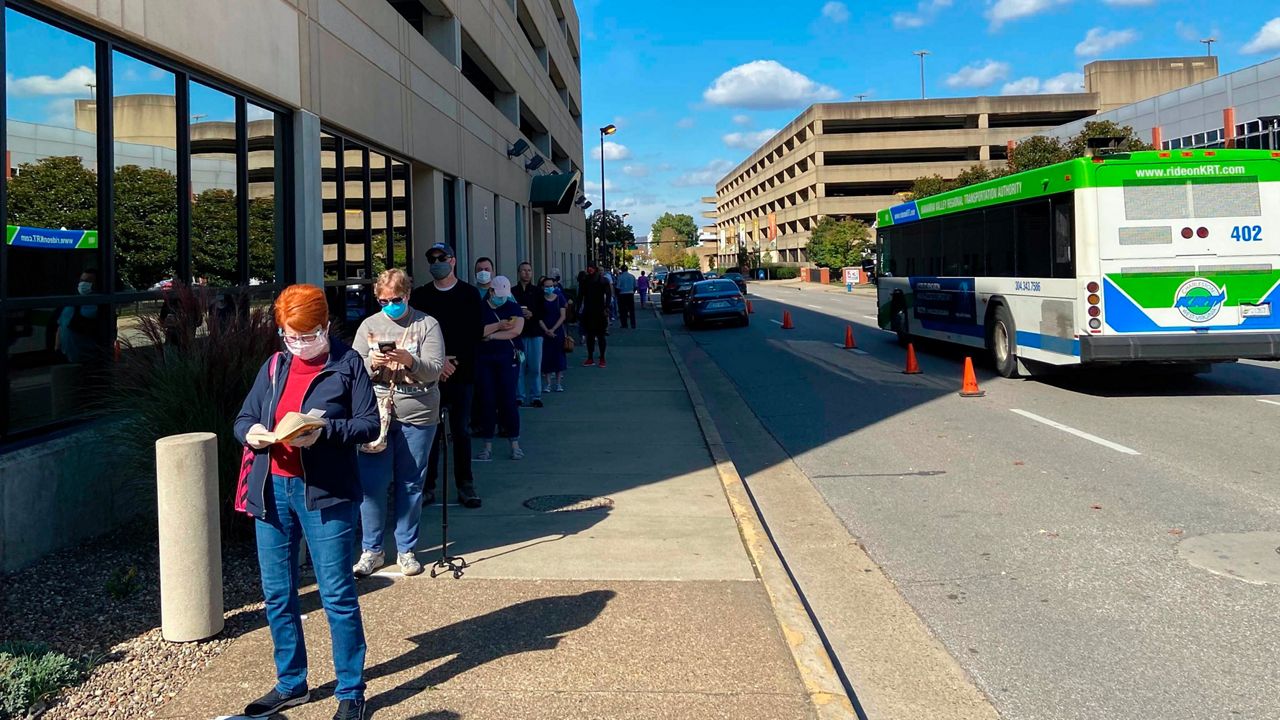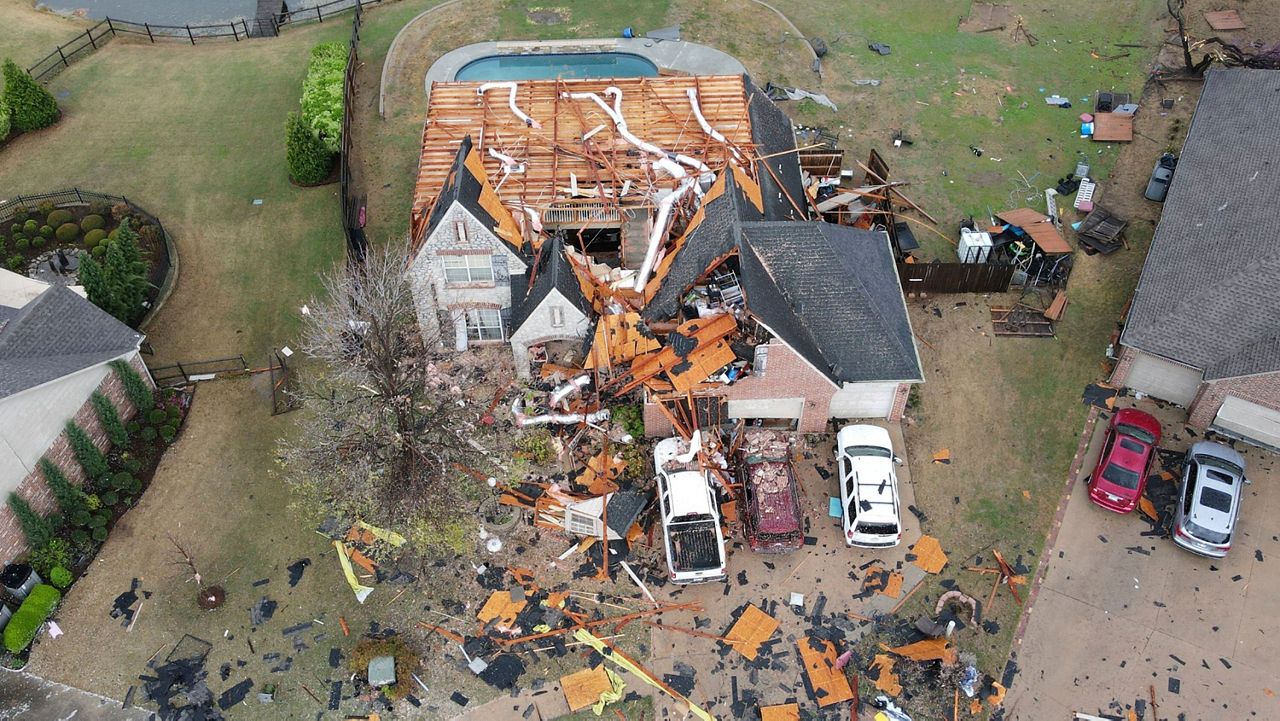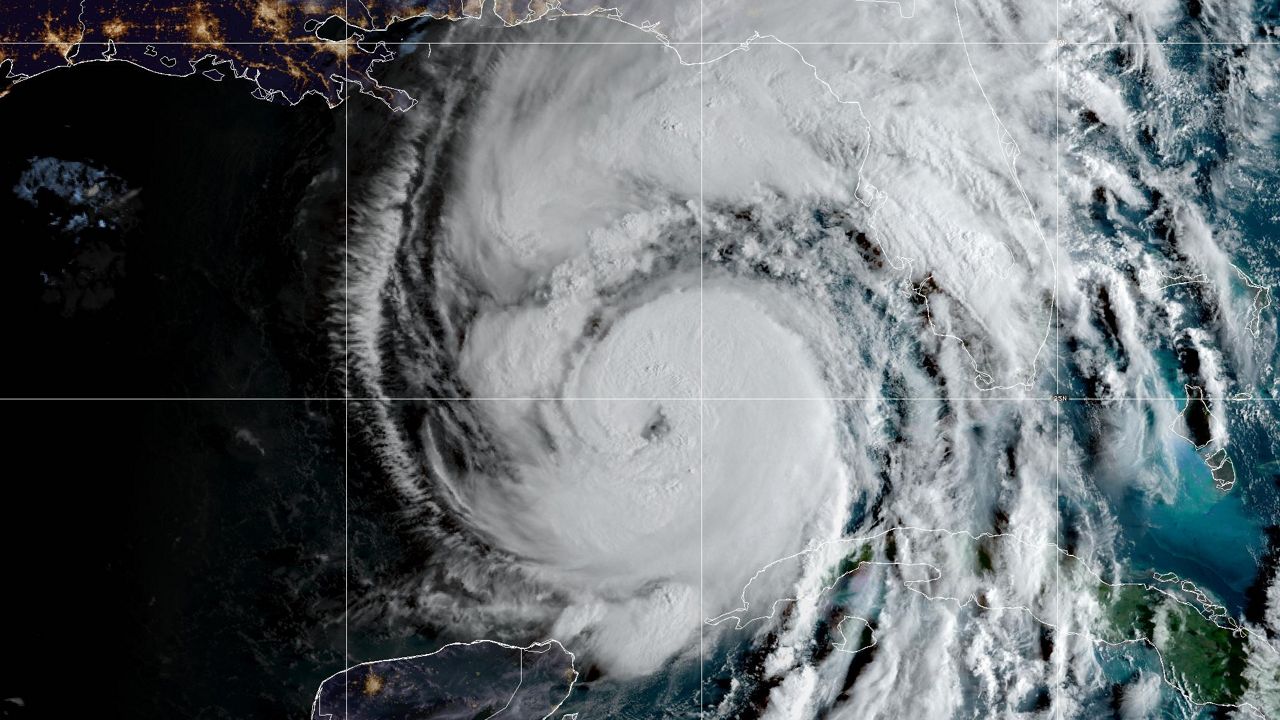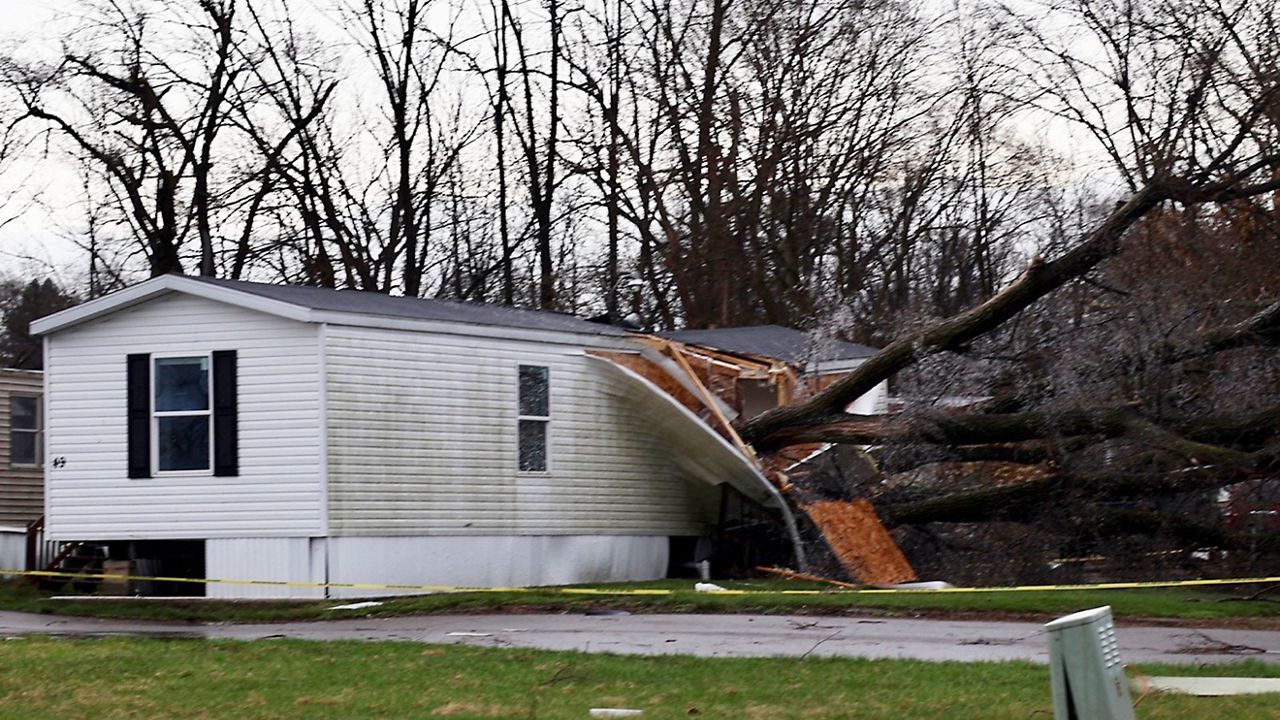There’s a reason Election Day is on the first Tuesday of November. And it has (just about) everything to do with the weather.
Election Day falls on the first Tuesday of November because it comes after the fall harvest and before winter’s harshest conditions typically move in.
And weather traditionally plays at least a marginal role in determining an election’s winner and loser.
Dating back to America’s first elections in the 1700s, weather has played a big role in election turnout. Day-long journeys to polling places are the reason that Election Day falls on a Tuesday, and you can probably imagine the challenges that befuddled voters trudging through horseback on mud-laden roads.
But even with modern conveniences of electricity and cars, lousy weather still plays an outsized part in determining the winners of an election.
And in the modern political era, lousier weather and lower voter turnout typically translates to sunnier results for Republicans.
Several studies in the modern political era point to the GOP’s advantage when bad weather goes up and turnout goes down.
Those studies also show that Republicans are typically higher turnout voters, meaning suppressed turnout because of bad weather tends to specifically reduce the number of Democratic or Democratic-leaning voter groups.
Why is that the case? So-called “peripheral voters,” who are less inclined to vote for a variety of reasons, tend to vote Democrat. If rain is a significant inconvenience, such as having to walk in it to a polling place because they don’t have transportation, they’ll skip voting.
The 2007 study "The Republicans Should Pray for Rain: Weather, Turnout, and Voting in U.S. Presidential Elections" indicated that rain and snow slightly reduced turnout—and benefitted Republicans.
.jpg)
“We find that, when compared to normal conditions, rain significantly reduces voter participation by a rate of just less than 1% per inch, while an inch of snowfall decreases turnout by almost 0.5%,” said the 2007 study. “Poor weather is also shown to benefit the Republican Party’s vote share.”
That study also argued that different weather could have altered the outcomes of the 1960 and 2000 presidential elections.
Rain and snow get most of the attention, but another study that looked at the 2004 election explored other factors. It found that sunshine and mild temperatures lowered turnout overall. In fact, for every 10-degree rise in temperature, voting probability dropped by 0.6%.
The study’s author speculates some people chose to enjoy the weather while they could, rather than use that time to go vote.
That’s not always the case, though. Election Day 2020 was a beautiful day weather-wise with very little precipitation, with the exception of the Northeast and parts of the Pacific Northwest and Mountain West.
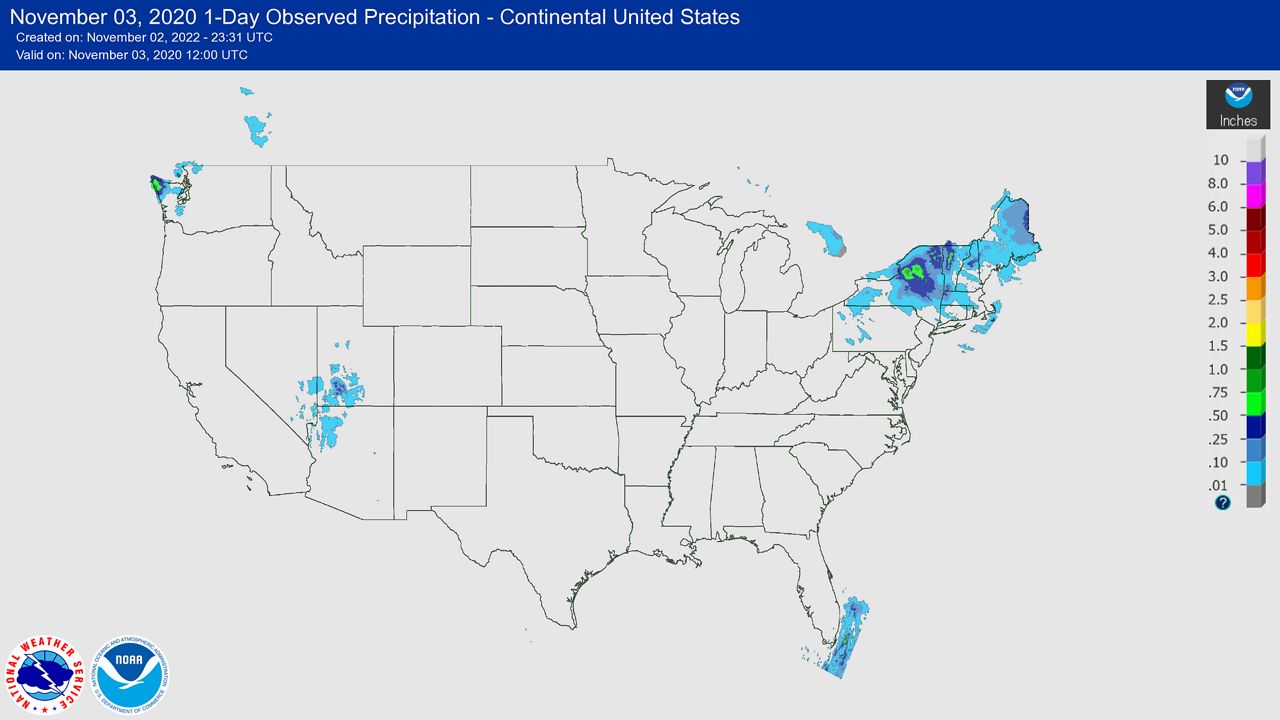
According the to U.S. Census Bureau, the 2020 presidential election had the highest voter turnout of the 21st Century. Although, most of the surge was due to an increase in mail-in voting.
The U.S. Census Bureau states that "in 2020, 43% of voters cast ballots by mail and another 26% voted in person before Election Day. In 2016, 21% mailed in their ballots and 19% voted in person prior to Election Day."
While this Election Day won't be quite as dry as in 2020, active weather will be somewhat limited. A winter storm is bringing snow and rain to the West, while showers move across parts of the Central Plains and Upper Midwest. Subtropical Storm Nicole may start to affect eastern Florida late on Election Day.
Check your local forecast here.
Check out this story on how a force of nature turned Alexander Hamilton into a political force.
Check out this story on how a tornado saved our nation's capital during the War of 1812.
Check out this story on whether or not weather killed the ninth president of the U.S.
Check out this story on how a snowstorm in California affected the 1916 election.
Check out this story on how a flood led to Herbert Hoover's ascension to the presidency.
Our team of meteorologists dives deep into the science of weather and breaks down timely weather data and information. To view more weather and climate stories, check out our weather blogs section.





